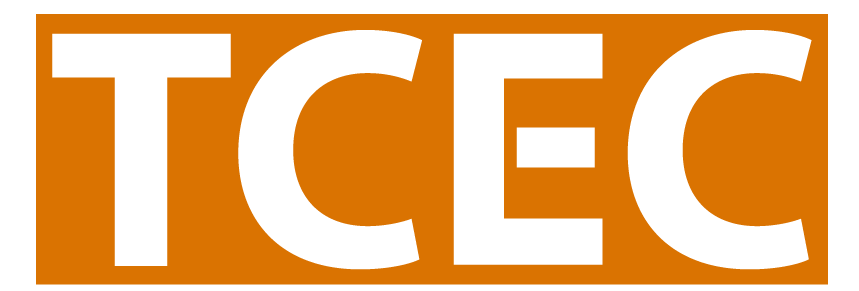
How'd We Do That?
Documenting What Happened in Activity Summaries
Once an intervention or evaluation activity is over, it can be important for those involved (project staff and volunteers) to reflect on what happened and discuss what worked, where there is room for improvement, and what any next steps should be. (See documenting organizational history.) Depending on how complex the activity was, this process could be fairly quick – anywhere from 30 minutes to an hour or two. It is useful for everyone involved in the planning and delivery of the activity to take part in the reflection so that multiple perspectives are included and any breakdowns that occurred are identified.
Once you’re done with the reflection process, document how things went in the activity summary so that your project can improve or replicate the activity in the future.
How much detail should you include in the activity summary? For intervention activities, a few sentences might suffice; for evaluation activities with data collection results, more detail is probably required. (See https://tobaccoeval.ucdavis.edu/report-results for examples.)
At a minimum, the summary should cover the WAHU elements:
W: WHY was the project doing the activity?
What was it supposed to accomplish?
A: What did the ACTIVITY consist of?
Who was targeted/involved?
When and where did the activity take place?
What were the main talking points?
What materials were used/shared?
What tactics were employed?
H: What HAPPENED during/as a result of the activity?
What reactions or support did it provoke?
U: What UTILITY did the activity have for the objective?
How did the activity support/inform next activities?
The length and level of detail included in the summary also will depend on the use and audience of the summary. This is because tracking and reporting of activities happens at five different levels:
❶ Internal progress tracking (for the project) – Every activity in the work plan should be tracked on some type of project management platform (e.g., Word, Excel, Gantt chart, Trello or SmartSheet) to ensure that all of the deliverables are met. The notation could show when an activity is completed or also include a few outcomes.
❷ Internal activity summary (for project eyes only) – After each intervention and evaluation activity is completed, have your team write a summary that describes dates, locations, target audiences, tactics used, and level of success. This internal record becomes a roadmap for how the activity can be replicated, but it also forms the basis of progress reports and final or brief evaluation reports.
❸ Progress report tracking measure (for the PC/CTPP) – Your workplan also stipulates which materials should be uploaded into OTIS vs. merely kept on file to document work on the objective. When it comes to reporting the specifics of project activities, don’t reinvent the wheel! Aside from copies of materials or instruments used, public versions of the same activity summary reports project staff or evaluators wrote to record organizational progress can serve as tracking measures. Just be sure to remove any personal identifiers from the version you upload into OTIS. Mention people’s roles instead of individual names (e.g., the mayor of Emerald City). Even if not required in your plan, you can upload after-action reviews or other summaries that encapsulate the details of intervention activities as additional documents. That way, everything is archived in an easily accessible place.

❹ Progress report narrative (for your PC/CTPP) – Every six months, CTPP expects you to describe progress towards your workplan objectives in progress report narratives in OTIS. The narrative (typed or pasted into the Progress Report Comment data field) should be a brief recap of what work was done on the activity in that period and what still needs to be done. Drawing from internal activity summary reports, in a few sentences provide key details such as dates, length, topics covered, materials used, number attended, etc., as well as next steps for completing the activity. Do NOT list all of your results here. If your program consultant (PC) wants more detail, s/he can find it in the summary report.
❺ Final or Brief Evaluation Reports (for the project, other projects, TCEC, ROVER and CTPP) – At the end of the project cycle, use the project activity summaries to think through how each activity contributed to the objective. In your brief or final evaluation report, apply a ‘meta’ perspective (analytical overview) to describe how certain activities proved to be either pivotal or problematic in the progress toward the objective. Drawing from existing activity summaries, provide just enough detail to make linkages between activities and lessons learned (and applied). No need to go in depth about every intervention and evaluation activity. Check out the Tell Your Story guidelines and resources.
Being able to recall six months or two years from now how your activity story ended is very much dependent on documenting what happened now while the details are fresh in mind. Because of this, making a record of what happened in an activity summary is crucial!
